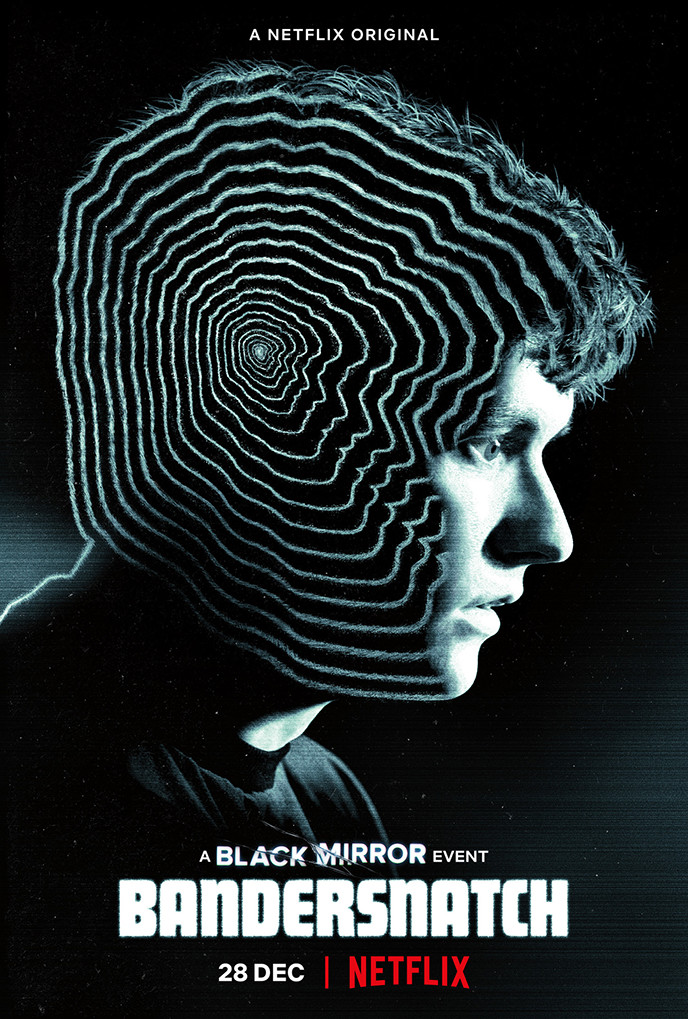Bandersnatch is a recently released film on Netflix from the creators of the TV series Black Mirror. It uses a unique choose-your-own-adventure interface to absorb the viewer into an enthralling and thought-provoking narrative with multiple pathways and alternate endings. Although it perpetuates several misleading tropes about mental illness, the engrossing nature of the experimental interactive medium makes it worth watching, exploring, and discussing.
The story begins as the protagonist Stefan is abruptly awakened by his alarm clock, which is ironically blaring the 1980s hit song "Relax." The camera then cuts to Stefan, staring baggy-eyed into the mirror as he chokes down what we presume to be his psychiatric medications. Our uncomfortable, unsettling, and "cannot put your finger on it" feelings only grow as we become aware of strained interactions with his father and several allusions to a troubled past. Early on, we are brought into the unfolding drama more personally when we are asked to participate by deciding what Stefan will do or say at critical moments. The controller rumbles as the timer counts down, and we are forced to decide. We quickly learn that decisions have dire consequences for Stefan and of his goal to adapt an interactive adventure novel to a video game.
As the drama unfolds, Stefan’s mental state deteriorates, and psychotic symptoms emerge. We are not privy to his psychiatrist’s working diagnosis, but a history of psychotic spectrum illness is implied. Despite its entertainment value,
Bandersnatch falls in line with many films featuring mental illness by reinforcing epidemiologic discrepancies and misleading tropes. A white male (Stefan) with a troubled past and a penchant toward brilliance is driven to insanity and ultimately becomes violent. Although plausible, this recurring plot arc obscures reality. For example, there is a lack of racial diversity in media portrayals of individuals with schizophrenia, with Caucasians accounting for 95% of the total population represented in film and on television (
1,
2). Patients with schizophrenia are also often portrayed in the media as being of higher socioeconomic status than what is typical, and their violent tendencies are exaggerated. The trope of the "troubled genius" is also present. Undoubtedly, there is a complicated intersection of artistic expression and psychosis. However, the notion that worsening mental illness directly leads to creative output, as is strongly implied in this film, is overdone. Debilitating negative and cognitive symptoms are hallmarks of schizophrenia and are rarely given their due in media portrayals.
Despite some flaws, Bandersnatch excels in exploring the relationship between paranoia and control. We watch Stefan unravel as he learns that someone is monitoring him and making his decisions. His psychiatrist understandably interprets this as worsening symptoms; however, the audience knows that Stefan is correct when he begins to fear what we, the audience, understand—namely, that the film’s creators have dictated the scope of our freedom within the film. Later, the film playfully steps back further to show Bandersnatch’s creator influenced by another inscrutable force. With this disorientation, we are left to go back and explore alternate endings. Or we could turn off the television and return to our lives and regain our control—more or less.

